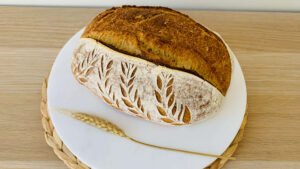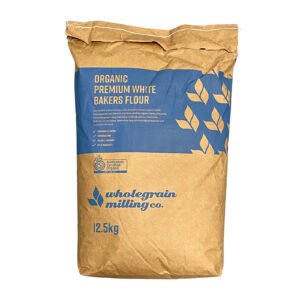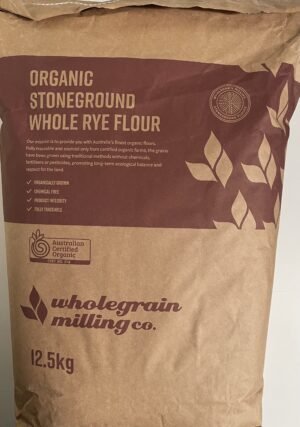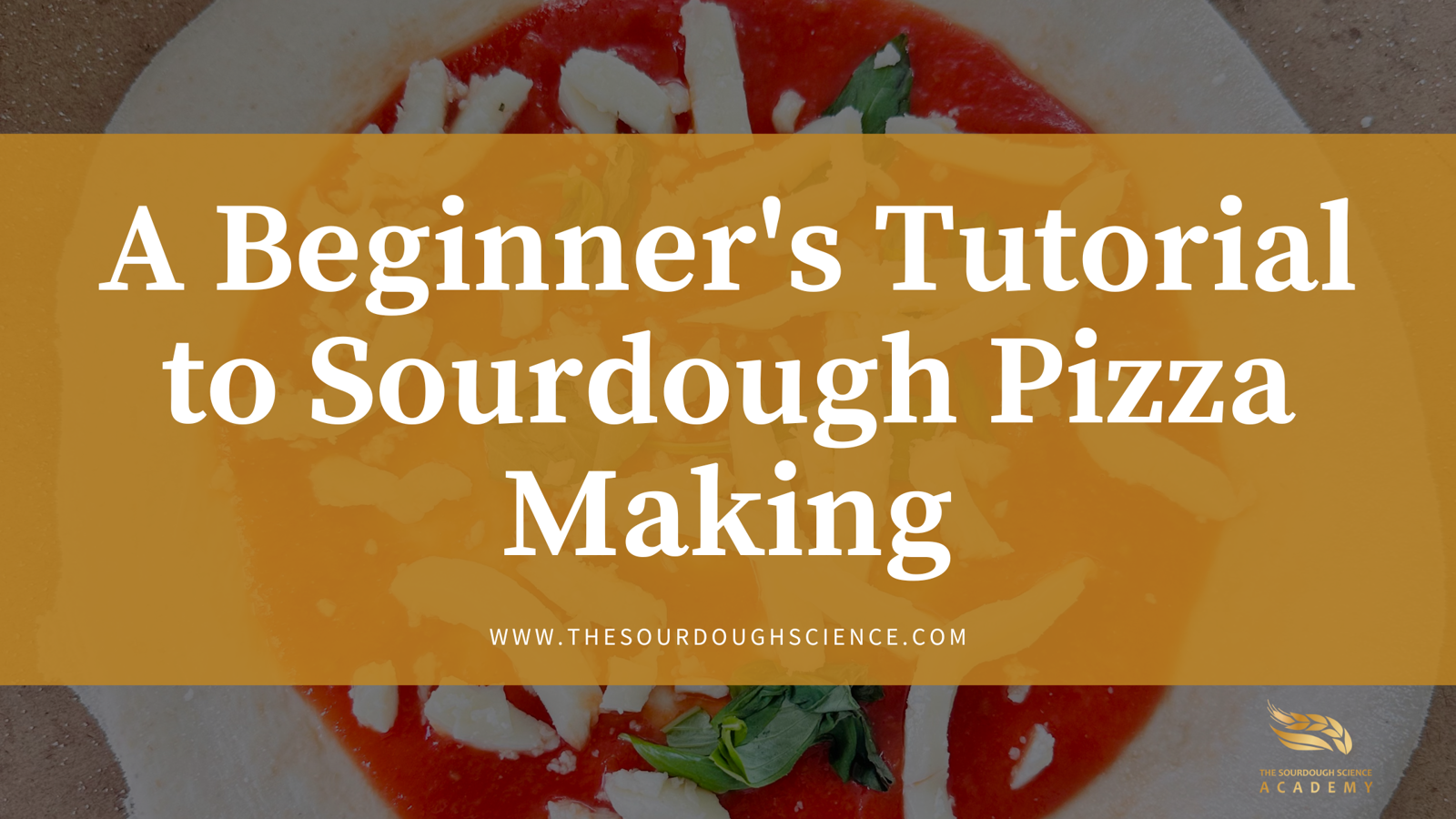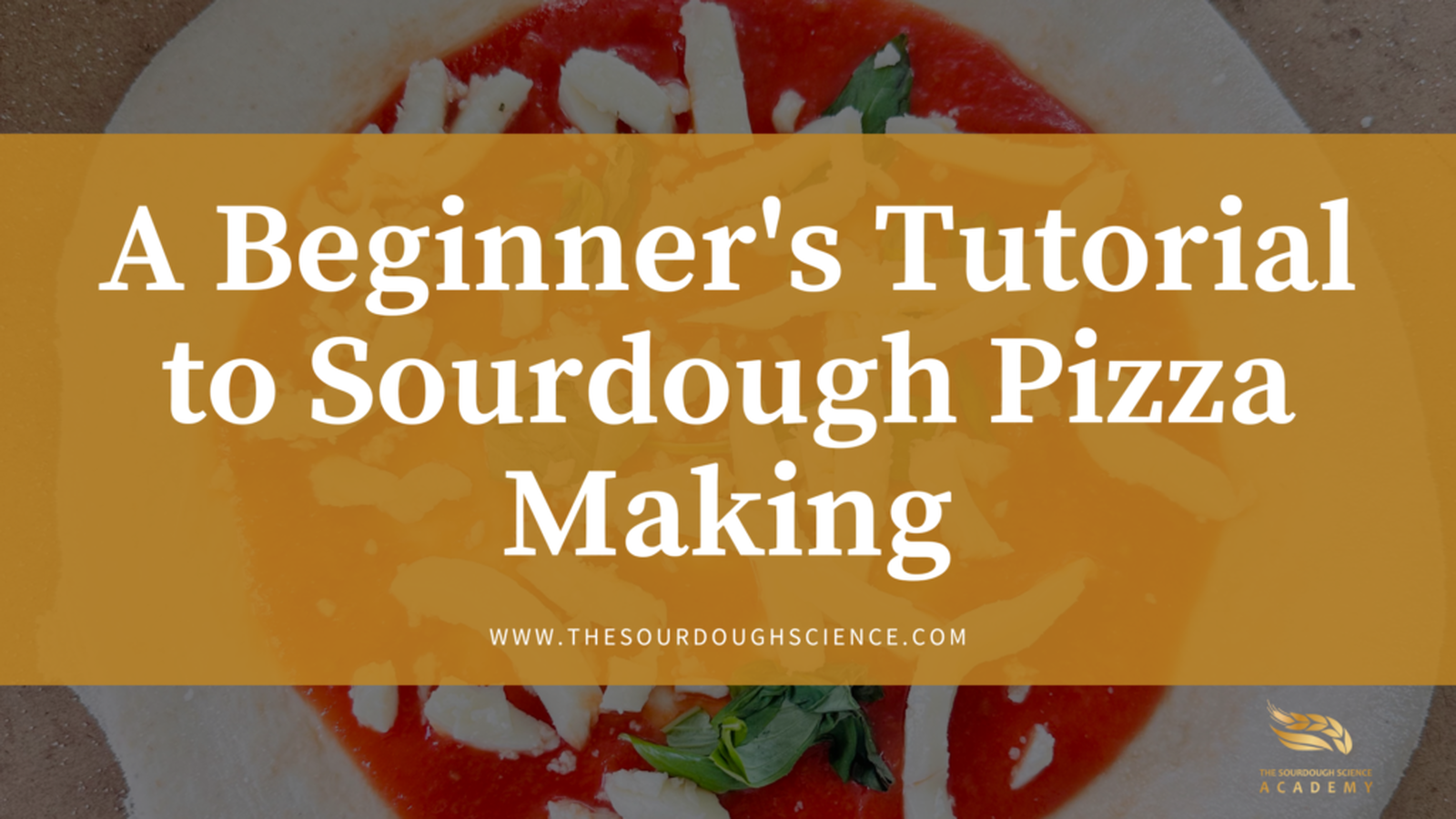
Table of Content
Introduction to Sourdough Pizza
Sourdough pizza is not just a trend; it’s a return to tradition. Rooted in ancient bread-making techniques, sourdough pizza has gained immense popularity in recent years. Unlike conventional sourdough pizza doughs that use commercial yeast, sourdough relies on natural fermentation, giving it a unique flavor and texture that’s hard to beat. The result is a sourdough pizza crust that’s crispy, chewy, and full of complex flavors.
Getting Started
Before you can start making sourdough pizza, you’ll need some essential ingredients and tools:
Essential Ingredients
- Flour: Use high-quality bread flour for better gluten development.
- Water: Filtered water is ideal to avoid any chlorine that might affect fermentation.
- Salt: Opt for fine sea salt for easy mixing.
- Sourdough Starter: The heart of your sourdough pizza (more on this below).
Essential Tools
- Mixing Bowls: Multiple sizes for mixing and proofing.
- Kitchen Scale: Precision is key in baking; measure by weight, not volume.
- Bench Scraper: For handling sticky dough.
- Pizza Stone or Steel: To achieve that perfect crust in a home oven.
- Peel: To transfer the pizza to and from the oven.
Making Sourdough Starter
Creating your own sourdough starter may seem daunting, but it’s quite simple with a bit of patience.
Step-by-Step Guide
- Day 1:
- Mix 25g organic bakers flour + 25g of whole wheat flour ( 50g of feeding flour) and 50g of water in a jar. Cover loosely and leave at room temperature.
- Day 2:
- Once you notice a reaction usually 24/48hours proceed with discard and feed method
- Discard 50g and replace with same amount discarded =
- Add 25g of feeding flour and 25g of water. Stir well and cover loosely.
- Days 3-7:
- Repeat discard and feed every 24 hours or every time you notice a fermentation
By Day 8, your starter should be bubbly and have a pleasant, tangy smell—it’s ready to use! If not keep repeating step 3 until it will double in volume which should occur within 8 to 14 days
The Dough
The dough is the foundation of your pizza. Here’s how to make 6 pizzas:
Ingredients
- 380g Water (room temp.)
- 380g Sourdough starter
- 760g Organic Pizza and Bread Flour
- 30g salt
Instructions
- 1- Add Water in a clean bowl ,
- 2- Add the sourdough, stir till dissolved
- 3- Add the flour and salt
- 4- mix till all the ingredients are combined
- 5- rest for 10/20 minutes
- 6- give 2/3 folds , rest 5/10 min
- 7- cut the dough into pieces, 250g or 200g each
- 8- roll each piece into balls.
- 9- place pizzas in container airtight, rest till double in size
- ( roughly 4/6 hours depending on room temperature)
- 10- option 1; refrigerate up to 3/4 days, before baking keep pizzas for 2/3 hours at room temperature
- Option 2; hand stretch, watch the video, top and bake
- check our youtube channel to see how to hand stretch pizza
- 11- bake between 350 ( 2/3 minutes) or 400 degrees Celsius ( 90 seconds) in pizza oven
Sauce and Toppings
Homemade Sauce
- Basic Tomato Sauce:
- Good quality Italian Wholepeeled Tomatoes
- Blend with a 1% Salt
- That’s it!
Topping Ideas
- Classic Margherita:
- Fresh Mozzarella
- Basil Leaves
- Olive Oil
- Gourmet Veggie:
- Roasted Bell Peppers
- Artichoke Hearts
- Olives
- Meat Lovers:
- Pepperoni
- Italian Sausage
- Prosciutto
The Baking Process
Tips for the Perfect Crust
- Preheat Your Oven:
- Preheat your oven to the highest setting (500°F/260°C) with your pizza stone or steel inside.
- Shape the Dough:
- Stretch the dough into a circle on a floured surface.
- Transfer and Top:
- Transfer the dough to a peel, add your sauce and toppings.
- Bake:
- Slide the pizza onto the preheated stone or steel. Bake for 10-12 minutes, until the crust is golden and the cheese is bubbly.
Troubleshooting
Common Issues and Fixes
- Dense Crust:
- Ensure your starter is active and bubbly before using.
- Burnt Bottom:
- Lower the oven temperature slightly or use parchment paper.
- Soggy Center:
- Avoid overloading with toppings and make sure the oven is fully preheated.
Conclusion
The art of making sourdough pizza is a rewarding endeavor. From the first mix to the final bake, each step connects you to a centuries-old tradition. Don’t be afraid to experiment with different flours, hydration levels, and toppings. The more you practice, the better your sourdough pizzas will become.
Call-to-Action
We’d love to hear about your sourdough pizza-making adventures! Share your experiences and photos with us and join our online community for more tips and inspiration. Visit The Sourdough Science Academy for more resources and to connect with fellow sourdough enthusiasts.
Happy baking!
For more information, read our comprehensive guide on making sourdough pizza below.
- The Ultimate Guide to Making Sourdough Pizza.
- The Ultimate Sourdough Pizza Guide: Techniques and Recipes for Perfect Pizzas.

